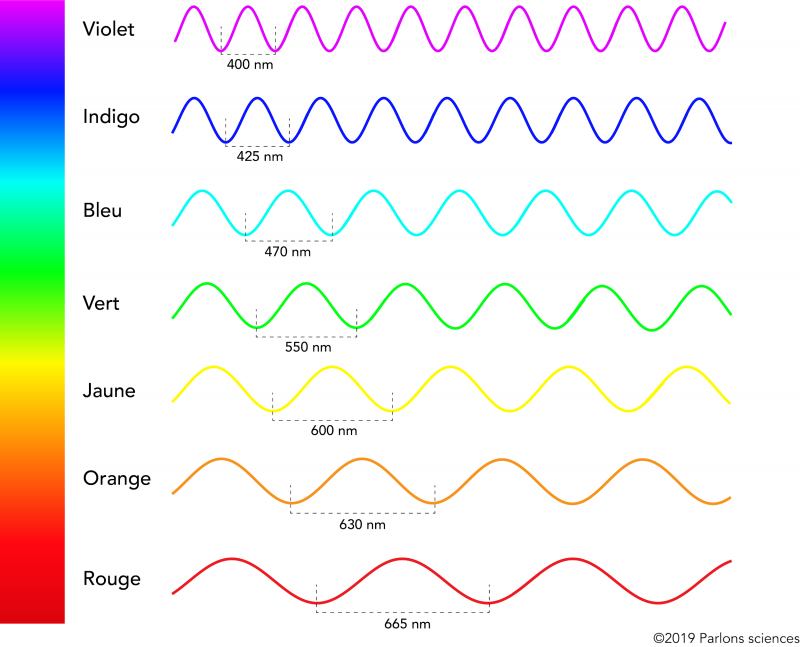The word spectrum can be used to describe the colors of the rainbow

The Vibrant World of Colors: Understanding the Spectrum of the Rainbow

The word “spectrum” is often used to describe the magnificent array of colors visible in a rainbow. This natural phenomenon has inspired artists, poets, and scientists throughout history, leaving us in awe of its dazzling beauty. But what exactly is a spectrum, and how does it relate to the colors of the rainbow? Join us as we explore this captivating subject and dive into the world of colors.
What is a Spectrum?
In simple terms, a spectrum is a range of colors that are produced when white light is divided or dispersed. This dispersion occurs when light passes through a medium, such as a prism or water droplets in the atmosphere. The resulting spectrum showcases a continuous sequence of colors that blend seamlessly into one another.
The Colors of the Rainbow

As mentioned earlier, the colors of the rainbow are commonly associated with the spectrum. When white sunlight enters the droplets of rain in the atmosphere, it undergoes a process called refraction. This bending of light causes it to separate into its constituent colors, resulting in the familiar hues we observe in the sky.
The traditional colors of the rainbow are red, orange, yellow, green, blue, indigo, and violet (often remembered using the acronym ROYGBIV). Each of these colors has a unique wavelength and energy, which gives them their individual properties. From the warm and fiery red to the cool and soothing blue, the rainbow captivates us with its symphony of colors.
The Science Behind the Rainbow
To better understand the connection between the spectrum and the rainbow, we need to delve into the science behind it. When white light enters a medium, such as a prism, it refracts and bends, causing it to separate into its constituent colors. This dispersion reveals the continuous spectrum that encompasses all visible colors.
Each color within the spectrum corresponds to a specific wavelength of light. Red, for example, has the longest wavelength, while violet has the shortest. This variation in wavelength is what creates the diverse range of colors we see in the rainbow.
Applications and Significance
Beyond its aesthetic appeal, the concept of the spectrum holds significant value in various fields, including physics, astronomy, and art. By studying the relationship between light and color, scientists have gained a deeper understanding of the properties of light and its interaction with matter. This knowledge has paved the way for advancements in optics, telecommunications, and more.
In art and design, the spectrum plays a crucial role in color theory. Understanding the colors within the spectrum and how they interact allows artists to create harmonious compositions and evoke specific emotions in their work. Moreover, the spectrum serves as a foundation for color mixing, enabling artists to create an endless variety of shades and tints.
Conclusion
The word “spectrum” indeed encompasses the vibrant colors of the rainbow. Through the phenomenon of dispersion, white light separates into its constituent colors, presenting us with a breathtaking display that has fascinated humankind for centuries. Whether we admire the rainbow’s vibrant hues in the sky or utilize the concept of the spectrum in science and art, it is undeniable that colors hold a special place in our lives.
Related Posts
Quick Links
Legal Stuff

